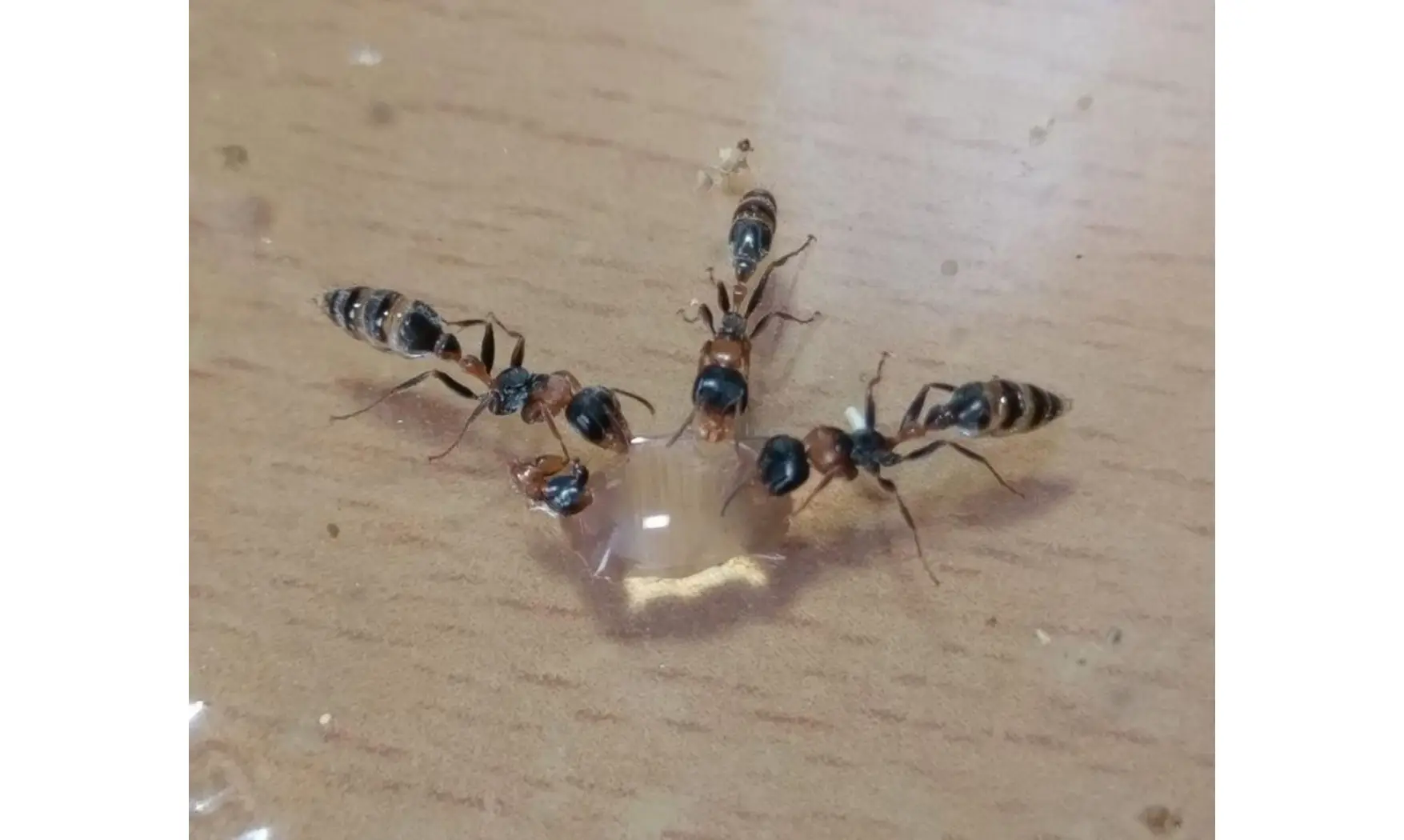

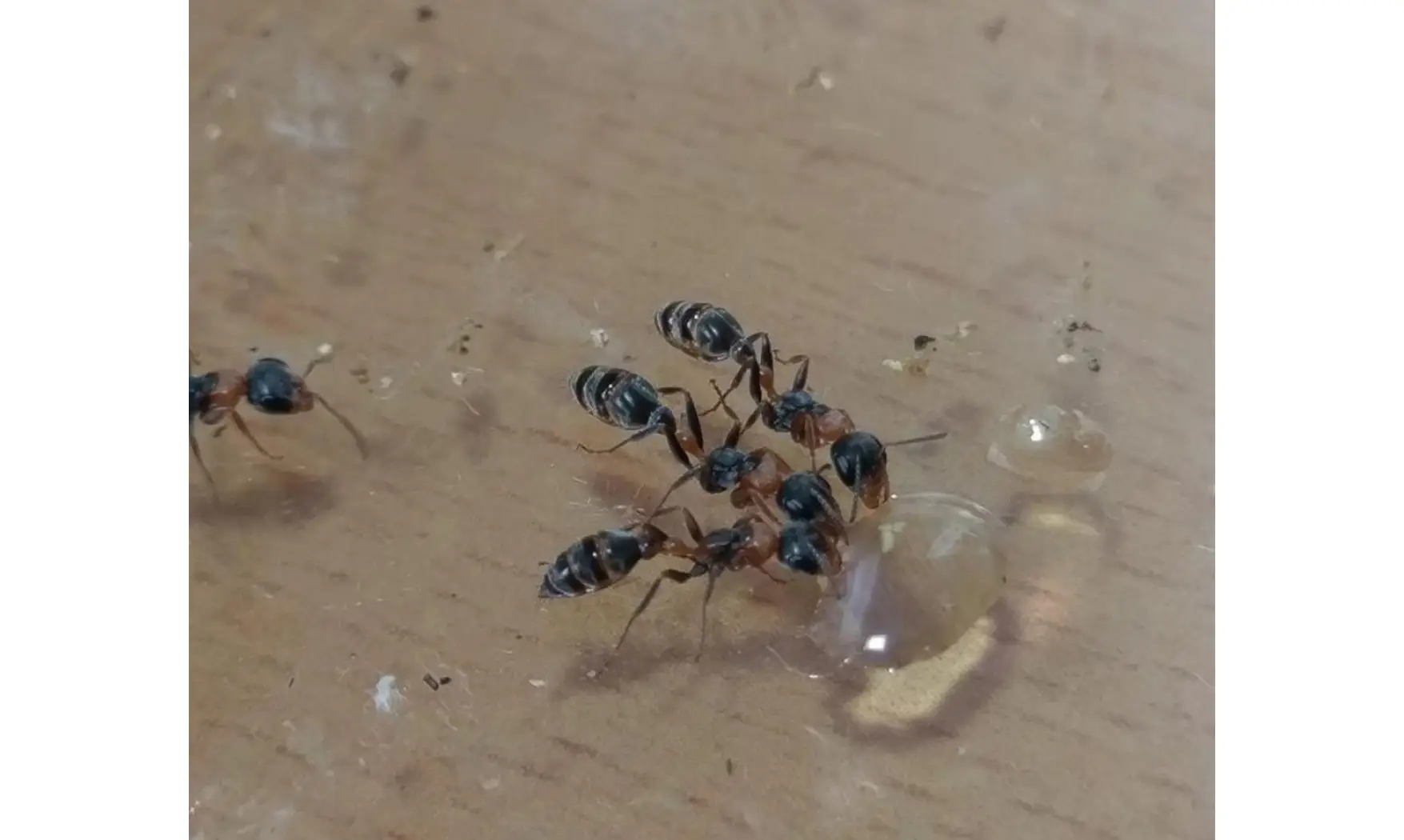

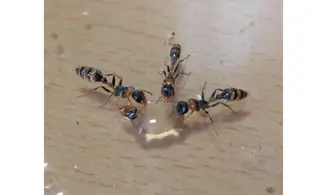
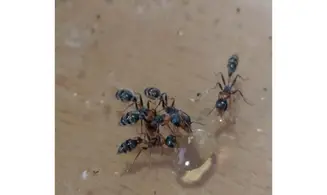
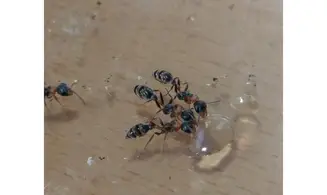
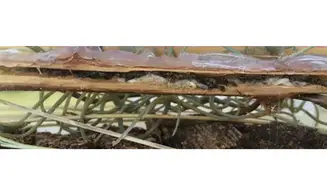
Pseudomyrmex gracilis
Reference : PFOUR-001
249.90€
Unavailable
0 in stock
Latin name: Pseudomyrmex gracilis
Subfamily: Pseudomyrmicinae Tribes: Pseudomyrmecini
Breeding level: Experienced because the bite of this species is painful.
Geographical distribution: Southern United States
Habitat: tropical forests
Colony form: Monogyne
Queen: Size: 11 - 13mm Color: Black to two-tone orange
Workers: Size: 9 - 10mm Color: Black to orange two-tone
Major: No
Male: Size: 9mm Color: Black to two-tone orange
Food: Honeydew and insects: like flies, mealworms, mosquitoes and small crickets; also fruits.
Humidity: Hunting area: 50 - 70% Nest: 50 - 70%
Temperature: Hunting area: 21 - 30 ° C Nest: 24-28 ° C
Hibernation: No
Nest type: Dead wood nests and hollow branches
Description: These ants resembling wasps move very quickly on branches and low vegetation. Here they hunt small insects and collect nectar from a variety of flowers. Pseudomyrmex gracilis is very aggressive and there are differences between different color variants.
Development: Intranidal mating
Foundation: Proceeds semi-claustrale (with food) Development: 55 days from the egg to the worker (depending on the temperature)
Size of the colony: A few hundred individuals, the queen can reach the age of 12 years.
Subfamily: Pseudomyrmicinae Tribes: Pseudomyrmecini
Breeding level: Experienced because the bite of this species is painful.
Geographical distribution: Southern United States
Habitat: tropical forests
Colony form: Monogyne
Queen: Size: 11 - 13mm Color: Black to two-tone orange
Workers: Size: 9 - 10mm Color: Black to orange two-tone
Major: No
Male: Size: 9mm Color: Black to two-tone orange
Food: Honeydew and insects: like flies, mealworms, mosquitoes and small crickets; also fruits.
Humidity: Hunting area: 50 - 70% Nest: 50 - 70%
Temperature: Hunting area: 21 - 30 ° C Nest: 24-28 ° C
Hibernation: No
Nest type: Dead wood nests and hollow branches
Description: These ants resembling wasps move very quickly on branches and low vegetation. Here they hunt small insects and collect nectar from a variety of flowers. Pseudomyrmex gracilis is very aggressive and there are differences between different color variants.
Development: Intranidal mating
Foundation: Proceeds semi-claustrale (with food) Development: 55 days from the egg to the worker (depending on the temperature)
Size of the colony: A few hundred individuals, the queen can reach the age of 12 years.

